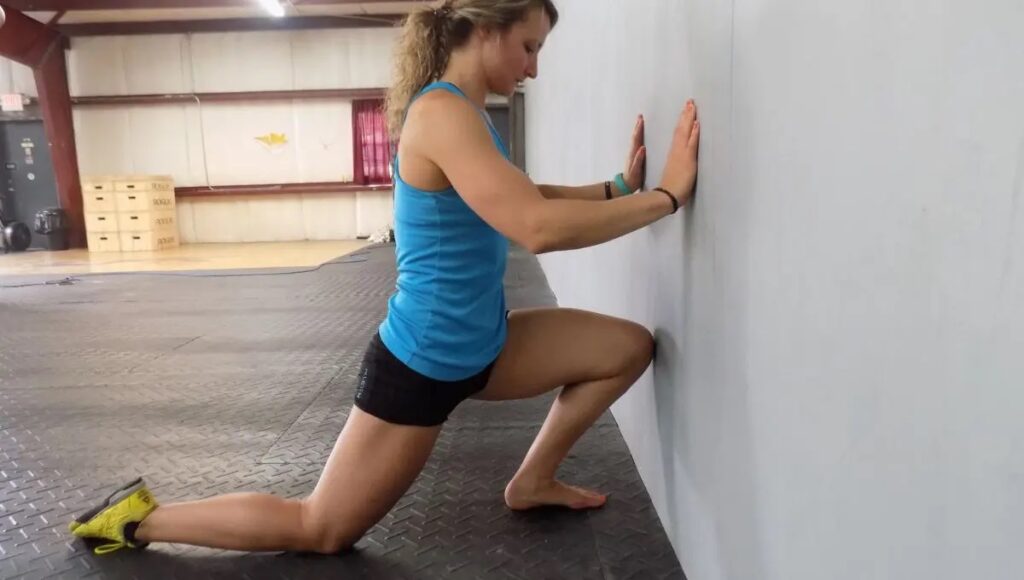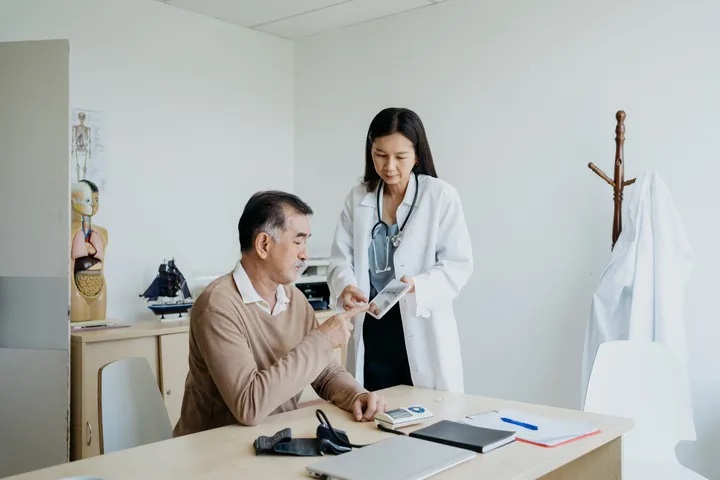Remedy Knee Pain: Squat Exercises

ChatGPT
ChatGPT
“Fixing Knee Pain in Squats: 2 Simple Exercises”
Squats, renowned for their efficacy in building lower body strength, engage various muscle groups simultaneously. The quadriceps, hamstrings, glutes, and calves work together, fostering muscle balance and reducing injury risks. This compound movement not only boosts strength but also enhances functional capabilities, making squats essential for daily activities and athletic performance.
However, knee pain during squats can hinder regular practice, affecting both physical well-being and the willingness to incorporate squats into a fitness routine. To address this issue, physiotherapist Palak Shah and Sal Di Stefano from the Mind Pump Podcast suggest two simple exercises.
1. Lateral Side Step with Resistance
Medial knee pain, occurring on the inside of the knee, often stems from weakness in the lateral hip muscles. The lateral side step exercise targets and strengthens these muscles. Using a resistance band adds difficulty, ensuring proper engagement of the lateral hip muscles. Maintaining correct knee alignment during side steps is crucial to prevent excessive strain and promote the activation of hip external rotators. This exercise not only alleviates existing knee pain but also acts preventatively by fostering balanced muscle development.
2. Ankle Mobility Range of Motion
An overlooked aspect of knee health is ankle mobility. Limited ankle mobility can lead to compensatory movements, exerting undue pressure on the inside of the knee. The ankle mobility exercise, performed without shoes against a wall, assesses and improves ankle range of motion. The wall serves as a reference point for maintaining proper form, ensuring even weight distribution across the foot, and reducing stress on the knee joint.
Holistic Approach to Knee Health: These exercises collectively provide a holistic solution for addressing and preventing knee pain during squats. By targeting lateral hip muscles and improving ankle mobility, individuals can enhance overall lower body mechanics, fostering a pain-free and healthier squatting experience.
Repurposed article originally published in Boxrox






